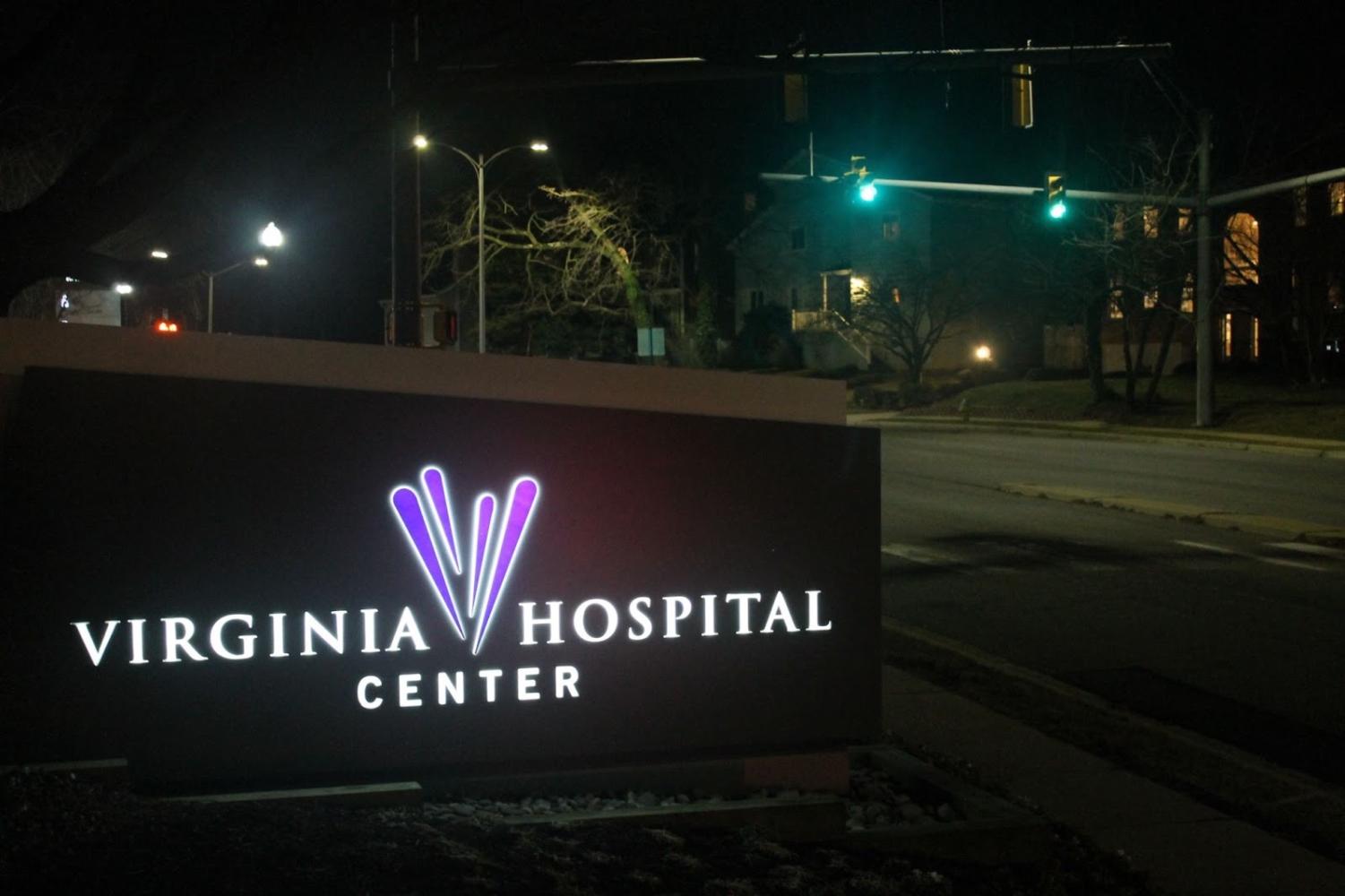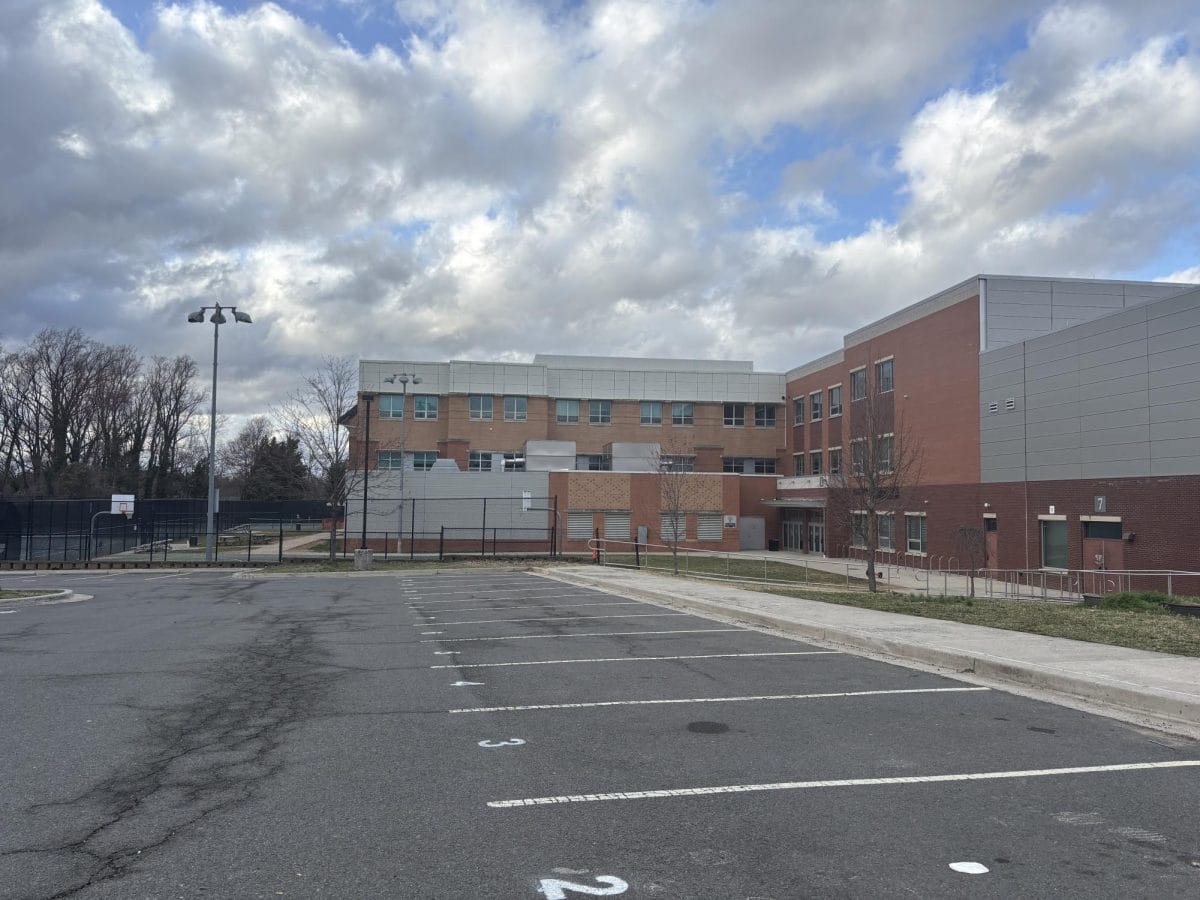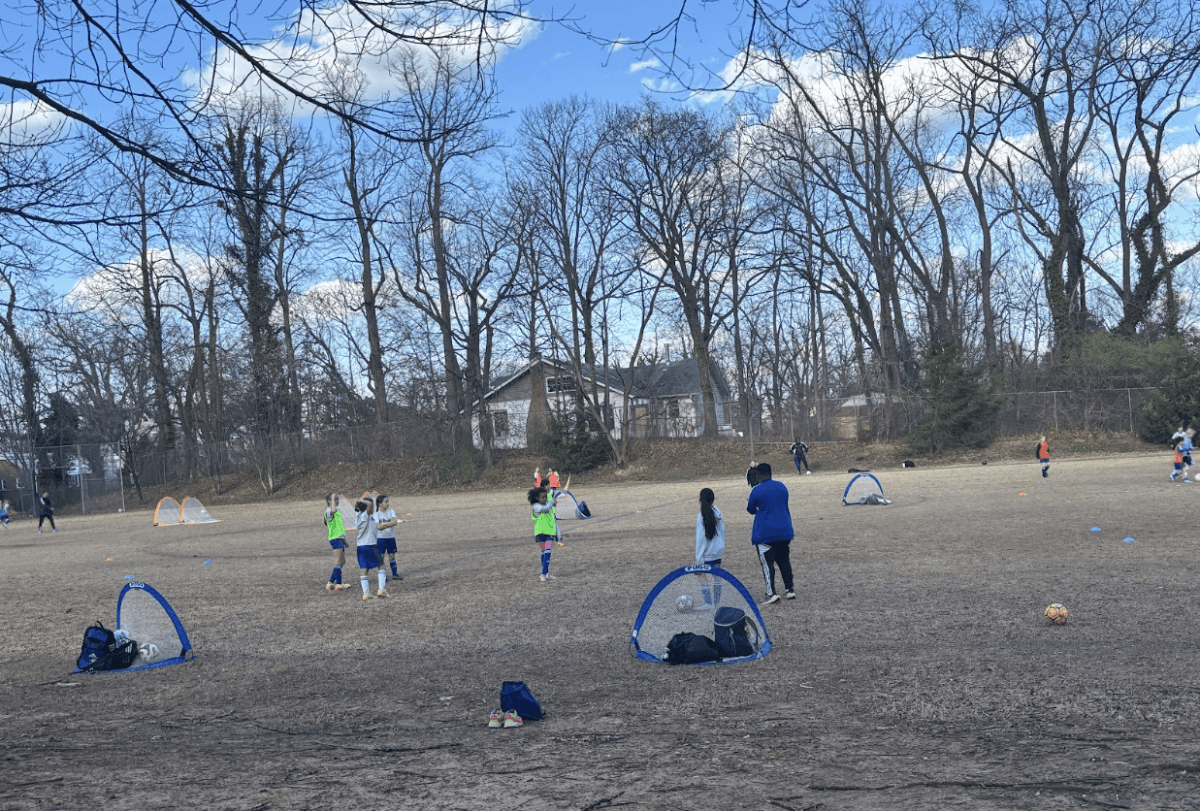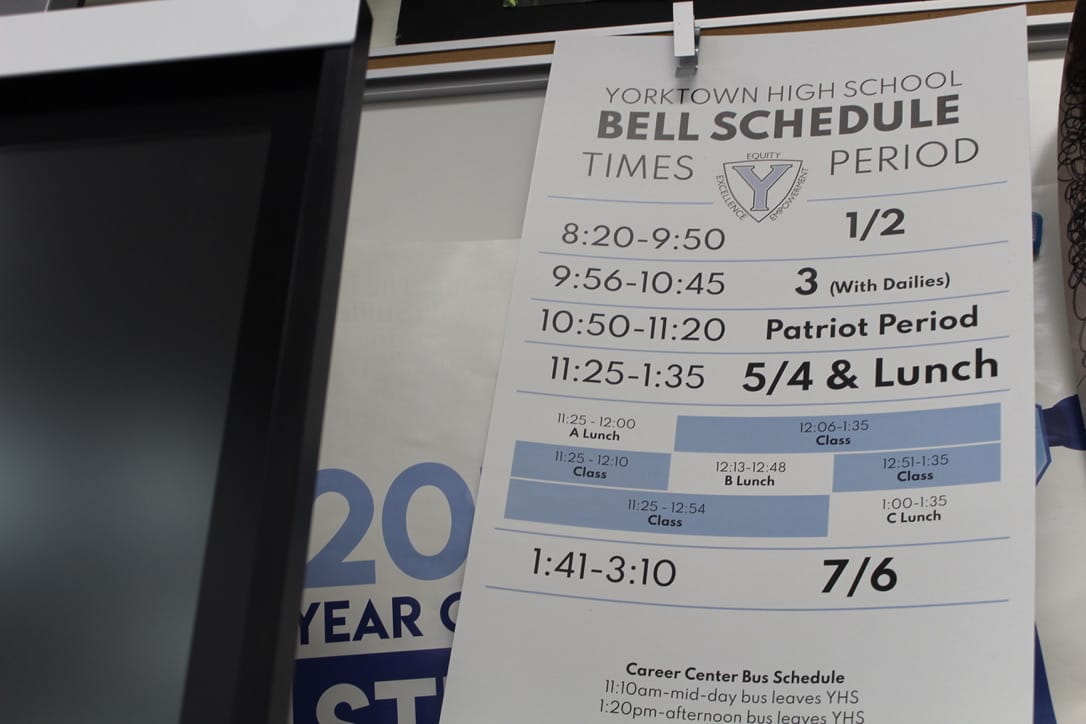Teachers, doctors and frontline workers used to be the heroes of the pandemic — the souls who braved the issues brought about by COVID-19. However, amidst recent controversy surrounding public safety, the praise these heroes once enjoyed has been forgotten. The “heroes work here” signs that populated yards across the nation have been removed, and sentiments of sympathy for teachers when schools were online have dissipated. The workers who society put on a pedestal just last year have now been vilified.
The spring of 2020 was characterized by shortages in toilet paper and face masks. Panic and confusion caught the world by storm with no answers in sight. Healthcare workers and scientists became a beacon of hope, the only source of comfort the public could find. This first wave of appreciation followed an increase in COVID-19 hospitalizations. Doctors and nurses were working overtime while putting themselves and their families at risk. As cases continued to rise, hospitals filled up. According to the National Public Radio (NPR), spikes of virus-induced hospitalizations occurred in April, July and November of 2020, with each month’s record around 62,000 new patients — peaks that would define 2020 as the first devastating year of COVID-19. Throughout these drastic fluctuations, doctors and nurses consistently ensured public safety.
Since then, public opinion about healthcare workers has been turbulent. In December of 2020, vaccinations against COVID-19 became widely available. Subsequent vaccine requirements and a general push for the population to get vaccinated spread controversy. Many had medical concerns about the vaccine, but the louder resistance came from those who questioned its political implications. Conversations about government control and personal freedoms quickly filled dining rooms and doctors’ offices. Healthcare workers were at the forefront of these conversations, with their reputations and credibility being debated.
In 2021, and the recent months of the new year, COVID-19 hospitalizations have once again spiked. January 2022 saw a record high in hospitalizations, with over 151,000 new COVID-19 patients in one day according to the Center for Disease Control (CDC). Healthcare workers have provided a constant effort to promote public safety since the pandemic began, but along the way, they’ve become an enemy for many.
A similar condole to condemn pipeline happened to teachers. For many school districts, COVID-19’s impact was strong and swift. Teachers had little time to prepare for the shift in learning. Online education was not easy to adapt to — students and teachers alike experienced problems with accessibility and quality. After a rough spring on the education front, the 2021-2022 school year was either mostly or completely online for many school districts. Although the technology fared well, teachers often had to teach profile pictures on their computer screens. Student engagement was sparse and difficult to facilitate. Questions were followed by silence. Public school systems were powerless in requiring students to actively participate in their education. These points of contention sparked a movement of teacher appreciation — a general consensus of teachers’ hard work and an effort by some to relive the difficulties.
Teachers have come to face a similar fate as healthcare workers since schools became in-person. The supposed recognition of their hard work has been revoked. Despite localities’ best efforts to maintain safety, students continue to put teachers at risk by ignoring precautions. Improperly wearing masks, not wearing them at all, and ignoring teachers’ requests to fix it put them at risk. It is not only the students — parents may also neglect to report sickness to bypass the ten-day isolation period. It’s all unnecessary and completely unfair to those who, like healthcare workers, put themselves and their families at risk on a daily basis to educate us.
The past two years have changed the way we look at education and healthcare. It is crucial to uphold these fundamental institutions and those who work for them because, in the end, they are working for the benefit of the people. Teachers and healthcare workers should not be vilified but uplifted. Even when certain safety precautions are relaxed, in the interest of those who serve the public, continue to do your part. It may be slightly inconvenient or uncomfortable, but it is essential.







































